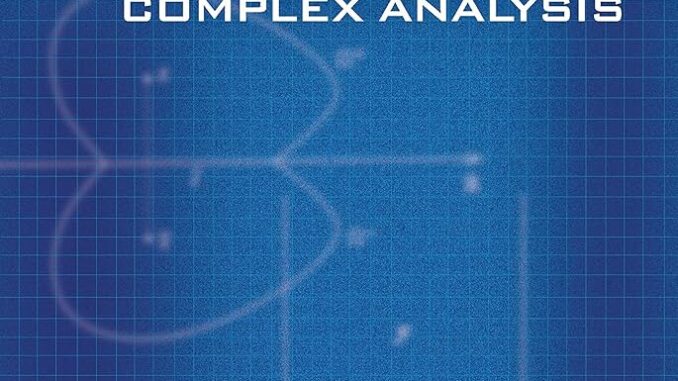
Elias M. Stein: A Giant of Complex Analysis
The debt of life and academic training
Elias Menachem Stein (1931-2018) became one of the range of the 19th influential of the harmonious analysis and the complex analysis theory. Born in Belgium to a family that fled to the United States during World War II World. And started school at the University of Chicago, where he completed both his undergraduate and doctoral studies. His 1955 dissertation, written under the guidance of Antoni Zygmund, focused on the conjugate function problem and marked the beginning of a revolutionary career that would bridge classical complex analysis with modern harmonic analysis.
Foundational Contributions to Complex Analysis
Steak’s work in a complex analysis has been characterised by their ability to extract deep geometric information and analytical insights from conventional problems.Its first research on solid areas in some complex variables completely opened new ways of investigation. Unlike the bending, strong spaces in some complex variables presented the frightening challenges for the lack of complexities of border behaviour. Stein developed sophisticated techniques that have discovered complex relationships between the geometry of the field and the gathered oscillator functions.
Its revolutionary equations in Cauchy-Rigand equations in some variables show how the classic complex analysis can be extended and generalised. Stein demonstrated that many basic teachings in a complex variable are special cases of the general principles that rule complex things. This unused perspective challenged the existing theory but also provided the powerful media to solve previously troubleshot problems. The theory and methods of the Stein-Weins intervention.
DOWNLOAD
The Stein-Weiss Theory and Interpolation Methods
The creation of the theory of intervention for operators’ analytical families with WIIs’ Guido is one of the most popular of Stein. A basic component of contemporary analysis, Stein-Weiss is used to demonstrate the results of the restrictions of linear operating. Because the mathematics to transfer the results between functions and demonstrate the restriction of essential operators, this study has the complex analysis. Theory demonstrated that holomorphic cannot be used as a technique of progressing on real estate operators in the true new Stein synthetic approach to the math research is best illustrated by this cross-pollination between gods’ math zones.
Legacy in Harmonic Analysis and Beyond
The impact of Stein extends beyond the analysis of the pure and harmonic analysis, different partial equations and the theory of geometrics. The techniques that have been developed to study the granular behaviour of the holomorphic functions found applications in mathematical numbers. You do their librarian meets, including “integrals with a singular impact of functions” and “warming methods”, generally the math historicism in the form of the Stein. His educational approach is the basic geometric intuition, which makes the actions agitating, which makes the actions agreed to by the students as they keep the mathematical severity.

Leave a Reply